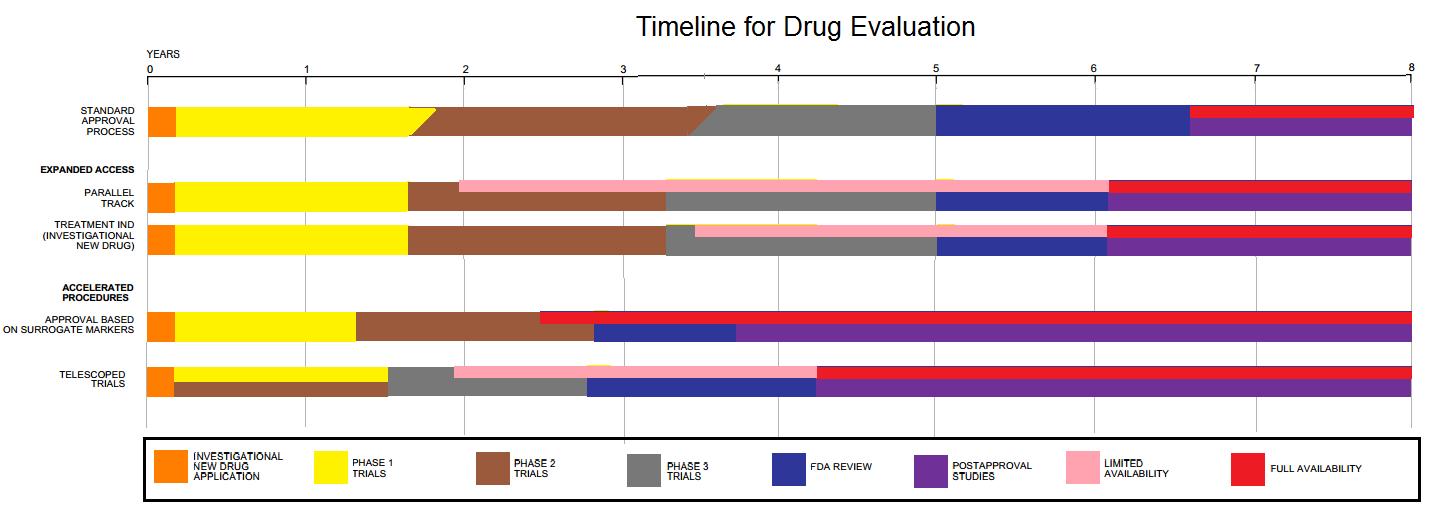|
Histamine Glutarimide
Histamine glutarimide is an investigational new drug that is being evaluated for the treatment of cough in acute respiratory infection Influenza-like illness (ILI), also known as flu-like syndrome or flu-like symptoms, is a medical diagnosis of possible influenza or other illness causing a set of common symptoms. These include fever, shivering, chills, malaise, dry cough, loss .... It is a glutaminyl cyclase inhibitor. References Glutarimides Imidazoles {{respiratory-system-drug-stub ... [...More Info...] [...Related Items...] OR: [Wikipedia] [Google] [Baidu] |
Investigational New Drug
The United States Food and Drug Administration's Investigational New Drug (IND) program is the means by which a pharmaceutical industry, pharmaceutical company obtains permission to start human clinical trials and to ship an experimental drug interstate commerce, across state lines (usually to clinical investigators) before a marketing application for the drug has been approved. Regulations are primarily at . Similar procedures are followed in the European Union, Japan, and Canada due to regulatory harmonization efforts by the International Council for Harmonisation of Technical Requirements for Pharmaceuticals for Human Use, International Council for Harmonisation. Types * Research or investigator INDs are non-commercial INDs filed by researchers to study an unapproved drug or to study an approved drug for a new indication or in a new patient population. * Expanded access, Emergency Use INDs, also called compassionate use or single-patient INDs, are filed for emergency use of a ... [...More Info...] [...Related Items...] OR: [Wikipedia] [Google] [Baidu] |
Cough
A cough is a sudden expulsion of air through the large breathing passages which can help clear them of fluids, irritants, foreign particles and Microorganism, microbes. As a protective reflex, coughing can be repetitive with the cough reflex following three phases: an inhalation, a forced exhalation against a closed glottis, and a violent release of air from the lungs following opening of the glottis, usually accompanied by a distinctive sound. Coughing into one's elbow or toward the ground—rather than forward at breathing height—can reduce the spread of infectious droplets in the air. Frequent coughing usually indicates the presence of a disease. Many viruses and bacteria benefit, from an evolutionary perspective, by causing the Host (biology), host to cough, which helps to spread the disease to new hosts. Irregular coughing is usually caused by a respiratory tract infection but can also be triggered by choking, smoking, air pollution, asthma, gastroesophageal reflux disease ... [...More Info...] [...Related Items...] OR: [Wikipedia] [Google] [Baidu] |
Acute Respiratory Infection
Influenza-like illness (ILI), also known as flu-like syndrome or flu-like symptoms, is a medical diagnosis of possible influenza or other illness causing a set of common symptoms. These include fever, shivering, chills, malaise, dry cough, loss of appetite, body aches, nausea, and sneezing typically in connection with a sudden onset of illness. In most cases, the symptoms are caused by cytokines released by immune system activation, and are thus relatively non-specific. Common causes of ILI include the common cold and influenza, which tends to be less common but more severe than the common cold. Less common causes include side effects of many drugs and manifestations of many other diseases. Definition The term ILI can be used casually, but when used in the surveillance of influenza cases, can have a strict definition. The World Health Organization defines an illness as an ILI if the patient has a fever greater than or equal to 38 °C and a cough, which began in the last 10 days ... [...More Info...] [...Related Items...] OR: [Wikipedia] [Google] [Baidu] |
Glutaminyl Cyclase
In enzymology, a glutaminyl-peptide cyclotransferase () is an enzyme that catalyzes the chemical reaction :L-glutaminyl-peptide \rightleftharpoons 5-oxoprolyl-peptide + NH3 or :L-glutamyl-peptide \rightleftharpoons 5-oxoprolyl-peptide + H2O Hence, this enzyme has one substrate, L-glutaminyl-peptide or L-glutamyl-peptide, and two products, 5-oxoprolyl-peptide and NH3 or H2O. The N-terminal 5-oxoproline residue on the peptide is also commonly known as pyroglutamic acid. This enzyme belongs to the family of transferases, specifically the aminoacyltransferases. The systematic name of this enzyme class is L-glutaminyl-peptide gamma-glutamyltransferase (cyclizing). Other names in common use include glutaminyl-tRNA cyclotransferase, glutaminyl cyclase, and glutaminyl-transfer ribonucleate cyclotransferase. Structural studies As of late 2007, 8 structures have been solved for this class of enzymes, with PDB accession codes , , , , , , , and . Human gene QPCT - note that Q is one-l ... [...More Info...] [...Related Items...] OR: [Wikipedia] [Google] [Baidu] |

